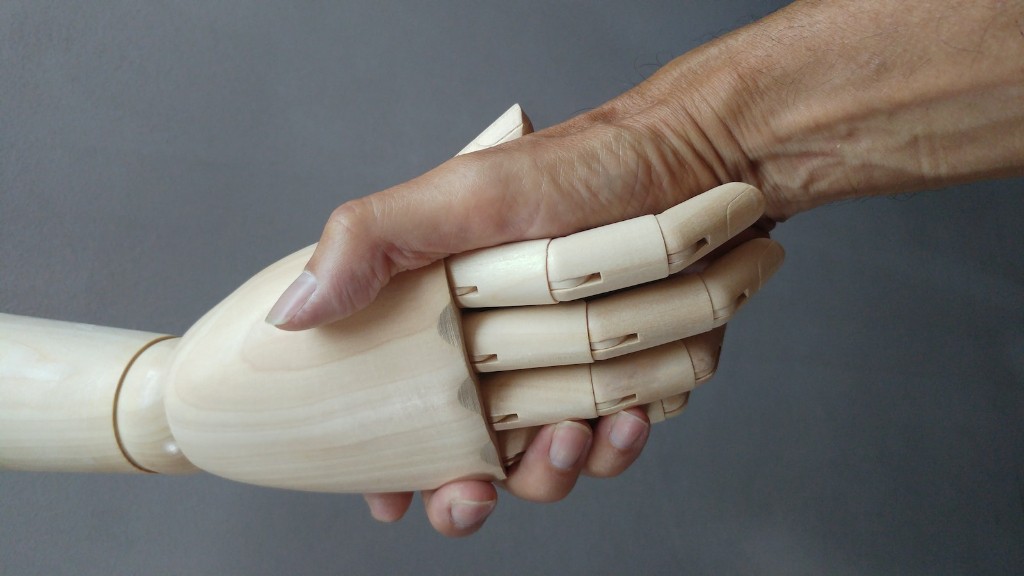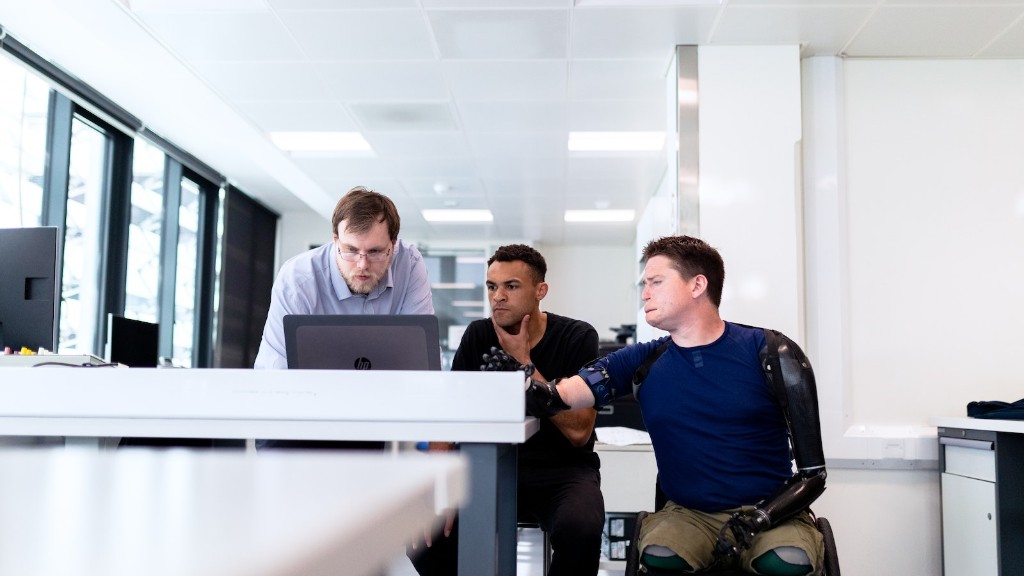What Are Prosthetics in Film?
Throughout the history of film, prosthetics have played an important role in creating convincing and captivating characters. Prosthetics, also known as special makeup effects, involve the use of artificial body parts or appliances to alter an actor’s appearance. These appliances are carefully designed and applied to create realistic injuries, deformities, or even creatures that would otherwise be impossible to achieve solely through makeup.
Prosthetics in film not only enhance the visual appeal and storytelling of a movie but also provide actors with the opportunity to inhabit characters that are drastically different from themselves. By transforming an actor’s appearance, prosthetics allow for unparalleled character development and narrative depth.
The Positive Implications
One of the most significant positive implications of prosthetics in film is the ability to depict diverse and inclusive characters. By utilizing prosthetics, filmmakers can create characters of various ethnicities, disabilities, or physical conditions, without relying on stereotypes or harmful depictions. This opens doors for actors who may not have had the opportunity to portray such characters otherwise, promoting inclusivity and representation in the industry.
Prosthetics also offer filmmakers the chance to breathe life into fantastical creatures or bring non-human characters to the screen. In the realm of science fiction and fantasy, where imagination knows no bounds, prosthetics enable filmmakers to push the limits of storytelling and create truly immersive worlds.
For instance, in the “Lord of the Rings” trilogy, director Peter Jackson’s use of prosthetics played a crucial role in bringing the vivid world of Middle-earth to life. The detailed prosthetic makeup and appliances used to transform actors into fantastical creatures like orcs, elves, and hobbits added an unprecedented level of realism and believability to the films, captivating audiences worldwide and setting a new standard for prosthetics in film.
The Negative Implications
While prosthetics offer numerous benefits to filmmakers and actors, there are also negative implications that need to be considered. One such concern is the potential for prosthetics to perpetuate stereotypes or inaccurate portrayals of certain groups. If not handled carefully and sensitively, prosthetics could inadvertently reinforce harmful beliefs or stereotypes, particularly when depicting characters with disabilities or individuals from specific cultures.
For example, the use of prosthetics to depict individuals with disabilities has sparked debates about the ethics and authenticity of these portrayals. Critics argue that actors without disabilities should not be used to play characters with disabilities, as it denies opportunities for representation and limits the visibility of actors who actually live with these conditions. This raises important questions about the responsibility of filmmakers and the potential impact their choices may have on marginalized communities.
Further Food for Thought
As the film industry continues to evolve, it is essential for filmmakers to approach the use of prosthetics with thoughtfulness and consideration. By consulting with experts and engaging in inclusive casting practices, filmmakers can ensure that prosthetics are used in a way that promotes authenticity and representation.
Moreover, advancements in technology have made prosthetics more realistic than ever before. With the help of digital effects and CGI, prosthetics can seamlessly blend with the surrounding environment, enhancing the illusion and allowing for even more creative possibilities in filmmaking.
Ultimately, the use of prosthetics in film should not be viewed as a mere gimmick or tool for visual appeal. It is a powerful storytelling technique that can be harnessed to promote inclusivity, challenge societal norms, and deliver compelling and thought-provoking narratives.
In conclusion, prosthetics in film are a complex and multifaceted aspect of the industry. While they provide filmmakers with the tools to create visually stunning and immersive worlds, there are also potential risks of perpetuating stereotypes or misrepresentations. By embracing diversity, consulting experts, and approaching prosthetics with thoughtfulness and sensitivity, the film industry can utilize this technique to its full potential, creating inclusive and captivating stories that resonate with audiences worldwide.


